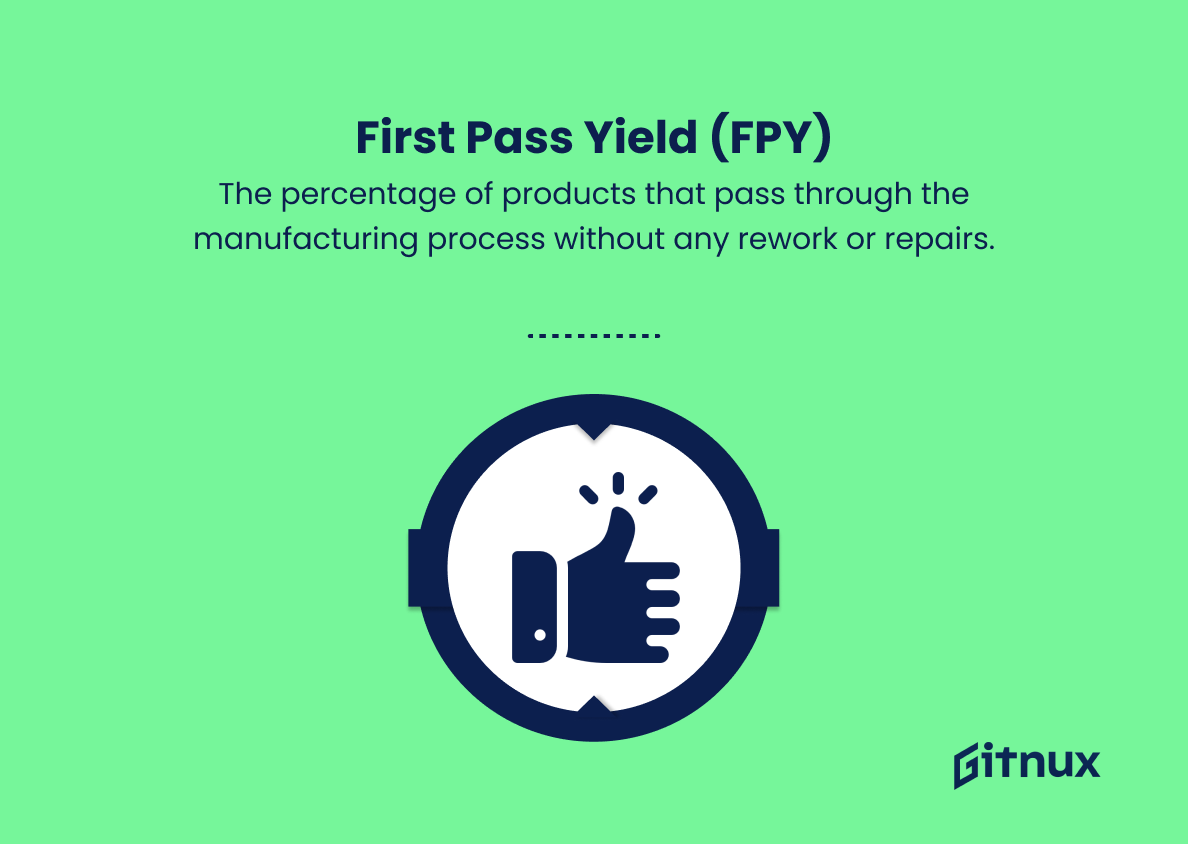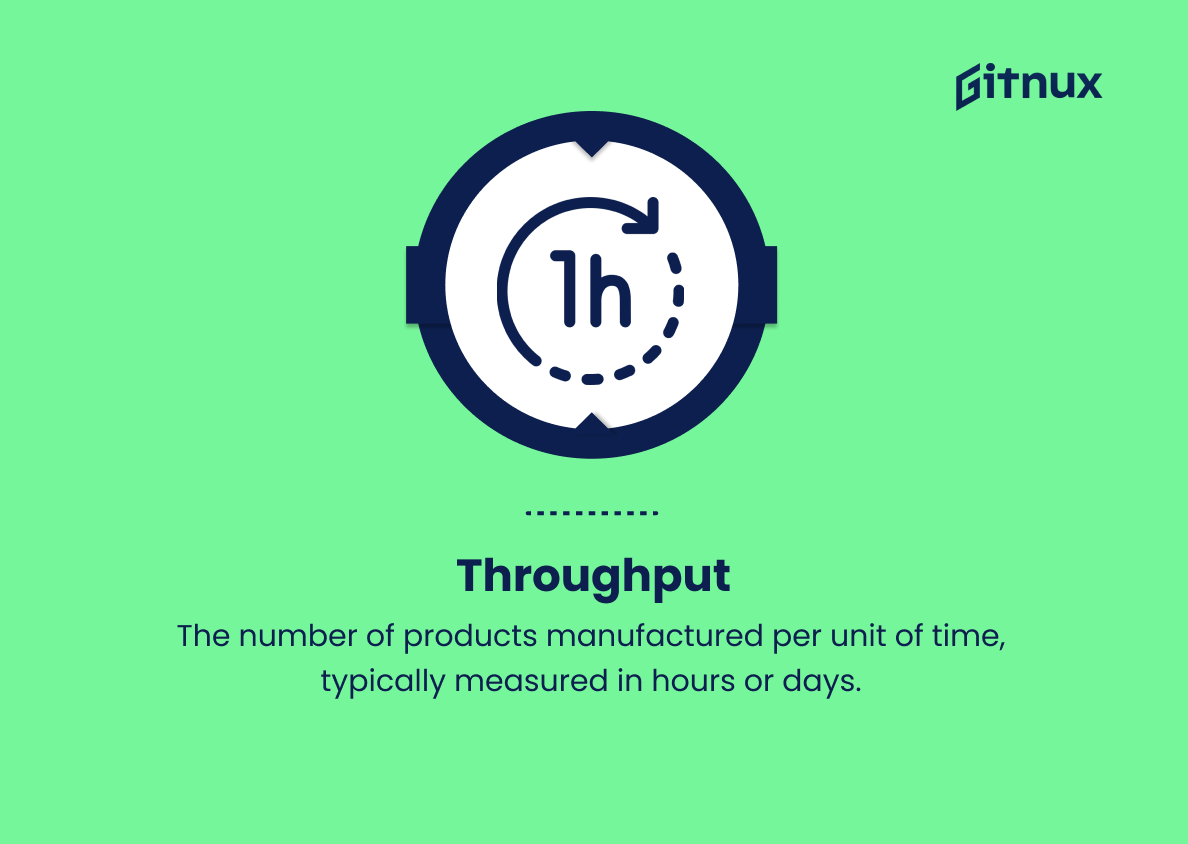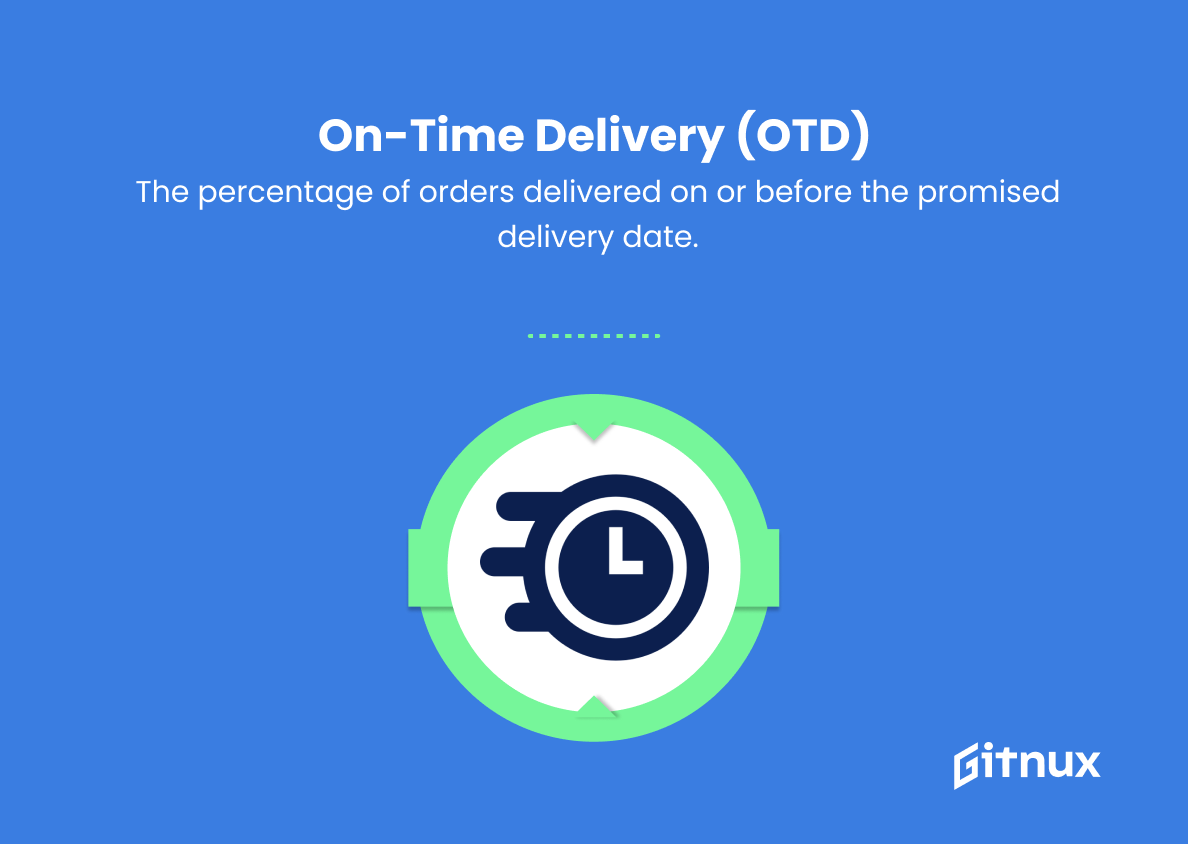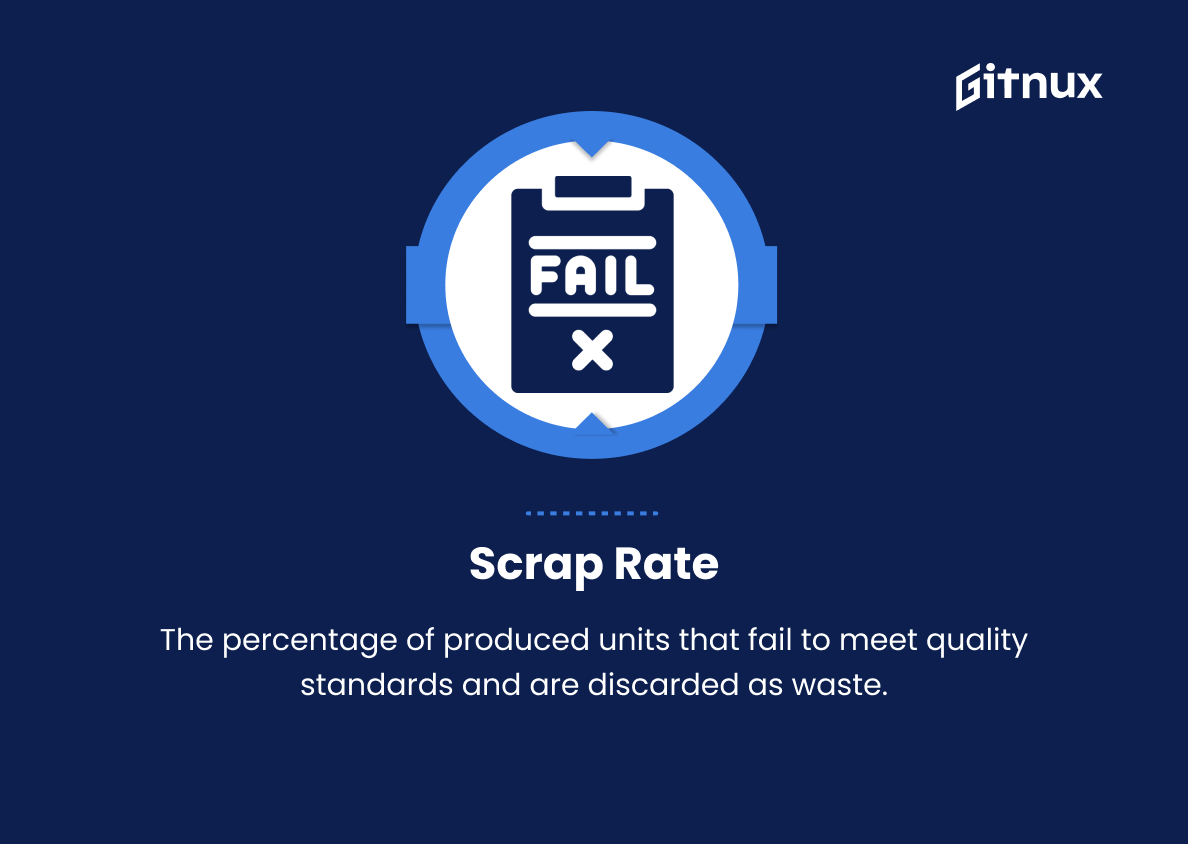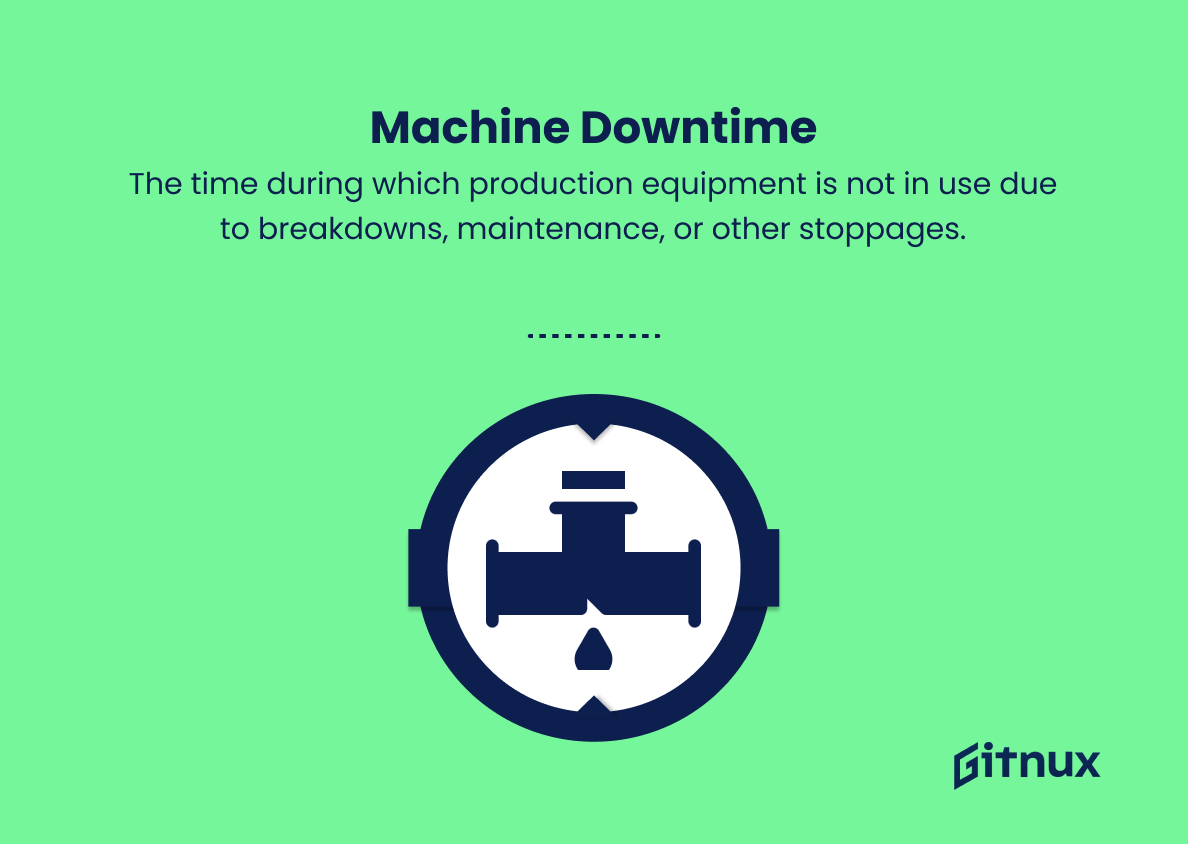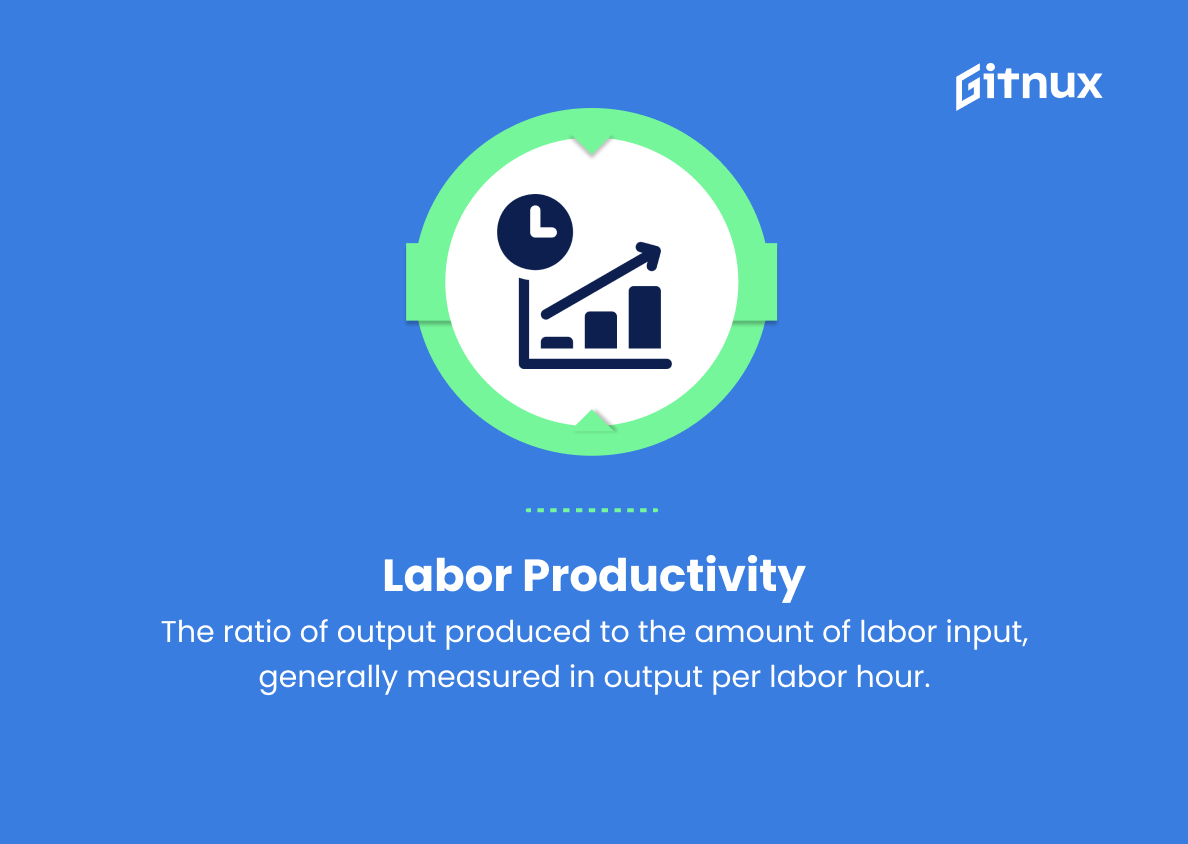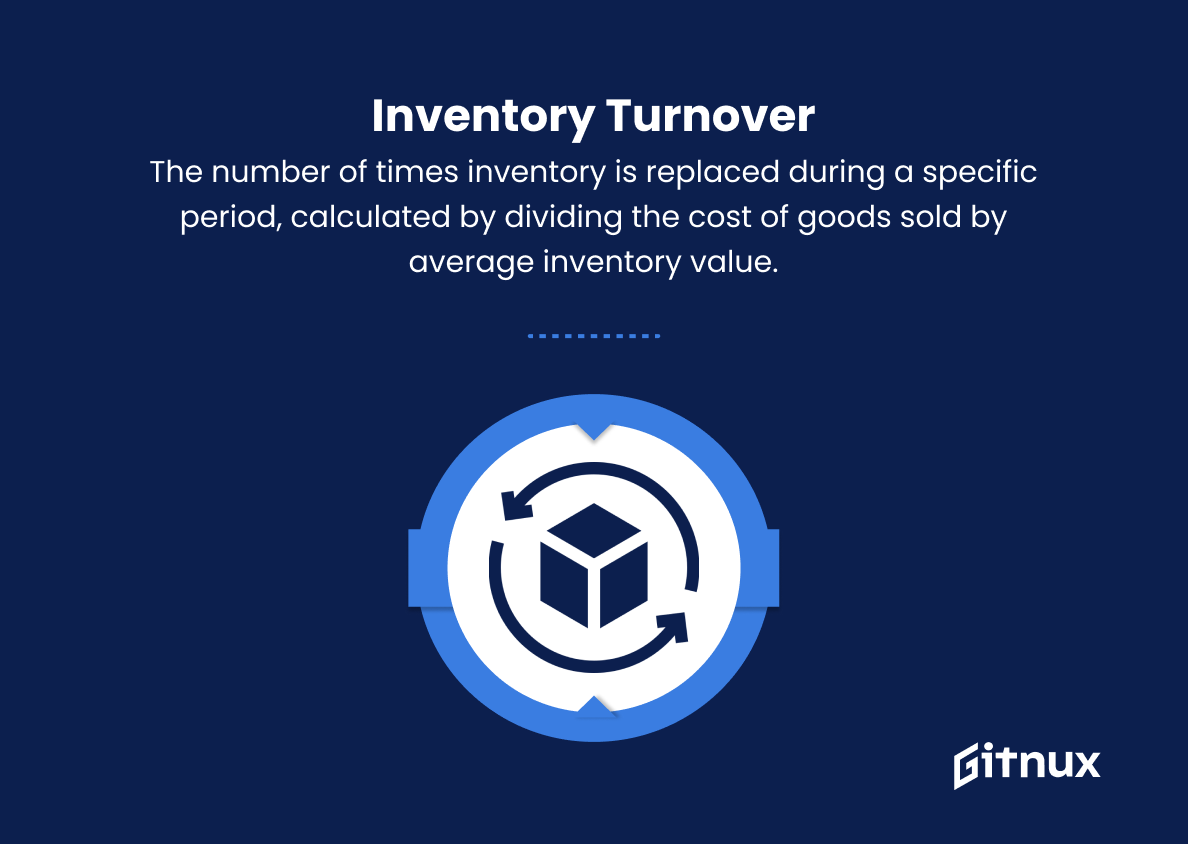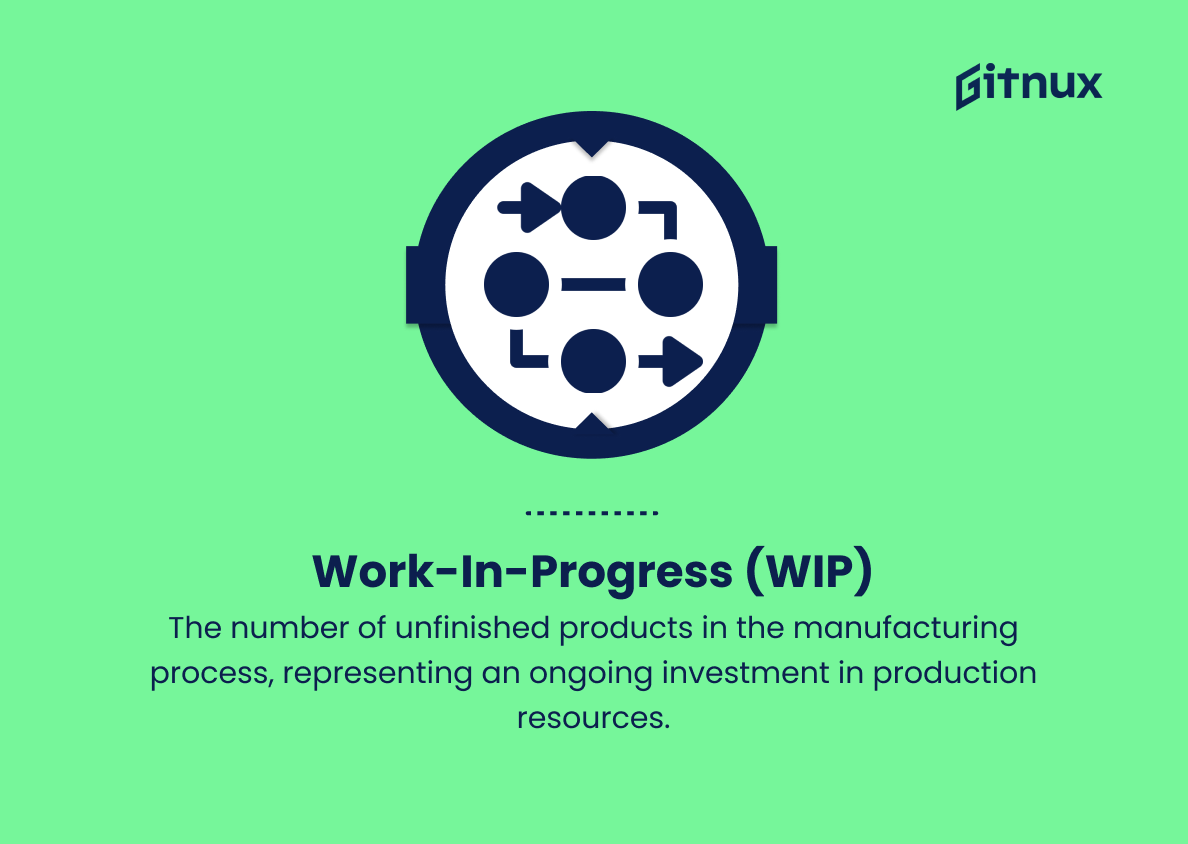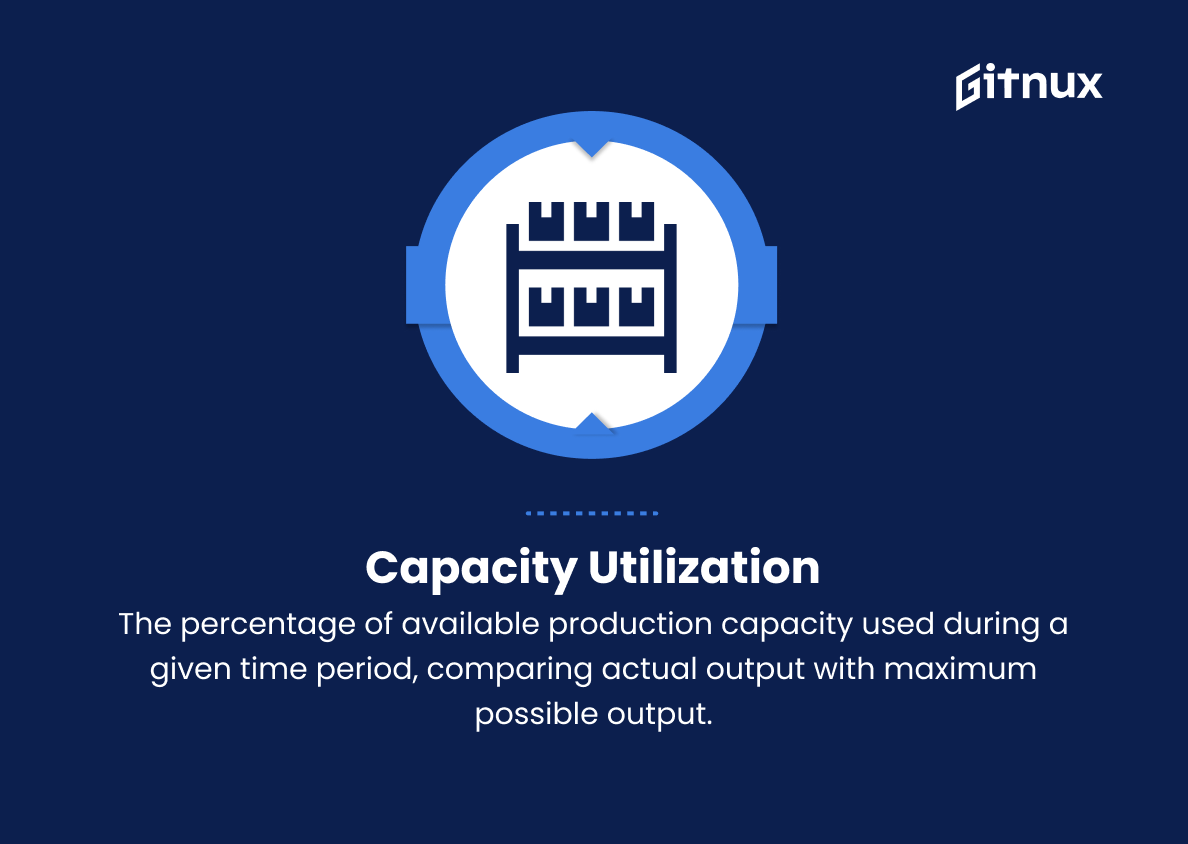In today’s highly competitive and rapidly evolving manufacturing landscape, having a firm grasp on key performance indicators (KPIs) is of paramount importance. With the right set of KPIs, manufacturers can effectively track and measure the performance of their operations, enabling them to make well-informed decisions that boost productivity, streamline processes, and ultimately, drive business growth.
In this insightful blog post, we will delve into the critical role that manufacturing KPIs play in shaping the success of the industry, exploring their various categories, essential components, and how to establish a strategic approach to data-driven performance improvement. Join us as we unfold the intricacies of manufacturing KPIs and uncover their potential in transforming the way businesses operate in the modern world.
Manufacturing KPIs You Should Know
1. Overall Equipment Effectiveness (OEE)
Measures the efficiency of production equipment by considering availability, performance, and quality of its output.
2. First Pass Yield (FPY)
The percentage of products that pass through the manufacturing process without any rework or repairs.
Labor Productivity: The ratio of output produced to the amount of labor input, generally measured in output per labor hour.3. Defect Density
The number of defects detected in produced units, typically measured per thousand or million units.
4. Cycle Time
The time it takes to complete one full production cycle for a single product, from start to finish.
5. Throughput
The number of products manufactured per unit of time, typically measured in hours or days.
6. On-Time Delivery (OTD)
The percentage of orders delivered on or before the promised delivery date.
7. Scrap Rate
The percentage of produced units that fail to meet quality standards and are discarded as waste.
8. Machine Downtime
The time during which production equipment is not in use due to breakdowns, maintenance, or other stoppages.
9. Labor Productivity
The ratio of output produced to the amount of labor input, generally measured in output per labor hour.
10. Inventory Turnover
The number of times inventory is replaced during a specific period, calculated by dividing the cost of goods sold by average inventory value.
11. Work-in-Progress (WIP)
The number of unfinished products in the manufacturing process, representing an ongoing investment in production resources.
12. Setup Time
The time spent on preparing production equipment, materials, and labor for a production run.
13. Capacity Utilization
The percentage of available production capacity used during a given time period, comparing actual output with maximum possible output.
14. Return on Assets (ROA)
The profitability of a manufacturing company in relation to its assets, calculated by dividing net income by total assets.
15. Energy Consumption
The total amount of energy used in the manufacturing process, measured in kilowatt-hours (kWh) per unit of production.
16. Health and Safety Incidents
The number of workplace accidents, injuries, and occupational illnesses reported during a given time period.
17. Skills and Training Index
A measure of employee skill levels and the effectiveness of training programs in the manufacturing process.
18. Supplier Lead Time
The time it takes for a supply order to be delivered from a supplier to the manufacturing facility.
Customer Complaints: The number of customer complaints received related to product quality, delivery, or service during a given time period.19. Rework Percentage
The percentage of produced units that require additional work, repairs, or modifications to meet quality standards.
20. Customer Complaints
The number of customer complaints received related to product quality, delivery, or service during a given time period.
Manufacturing KPIs Explained
Manufacturing KPIs are essential in evaluating the efficiency, effectiveness, and overall performance of a manufacturing process. Overall Equipment Effectiveness (OEE) ensures optimal use of production equipment by analyzing availability, performance, and quality. First Pass Yield (FPY) focuses on reducing rework and repairs, enabling cost and time savings. Defect Density highlights areas for quality improvement, while Cycle Time and Throughput evaluate the speed and volume of production.
On-Time Delivery (OTD), Scrap Rate, and Machine Downtime assess the reliability of the manufacturing process and its impact on customer satisfaction. Labor Productivity measures the efficiency of the workforce and Inventory Turnover analyzes the management of inventory resources. Work-in-Progress (WIP) and Setup Time reflect the utilization of resources, and Capacity Utilization examines how effectively production capacity is used.
Return on Assets (ROA) evaluates the profitability of a manufacturing facility, while Energy Consumption assesses environmental impact and sustainability. Health and Safety Incidents emphasize the importance of a safe working environment, and the Skills and Training Index evaluates employee capabilities and the success of training programs.
Supplier Lead Time examines supply chain efficiency, and Rework Percentage analyzes the additional costs and efforts involved in ensuring product quality. Lastly, Customer Complaints provide insights into potential issues and areas for improvement, ensuring a continuously improved manufacturing process.
Conclusion
In summary, Manufacturing KPIs play an essential role in today’s competitive and dynamic business environment. By harnessing the power of data-driven metrics and analysis, manufacturers can make informed decisions to optimize their processes, reduce operating costs, increase overall efficiency, and drive continuous improvement. Implementing the right set of KPIs not only paves the way for a successful business but also ensures the sustainable growth of the company.
As with any performance measurement system, it is crucial to regularly evaluate and update these KPIs to stay in line with current industry trends and the company’s objectives. Adopting and embracing Manufacturing KPIs will, without a doubt, pave the way towards a brighter future for businesses in this ever-evolving industry.

